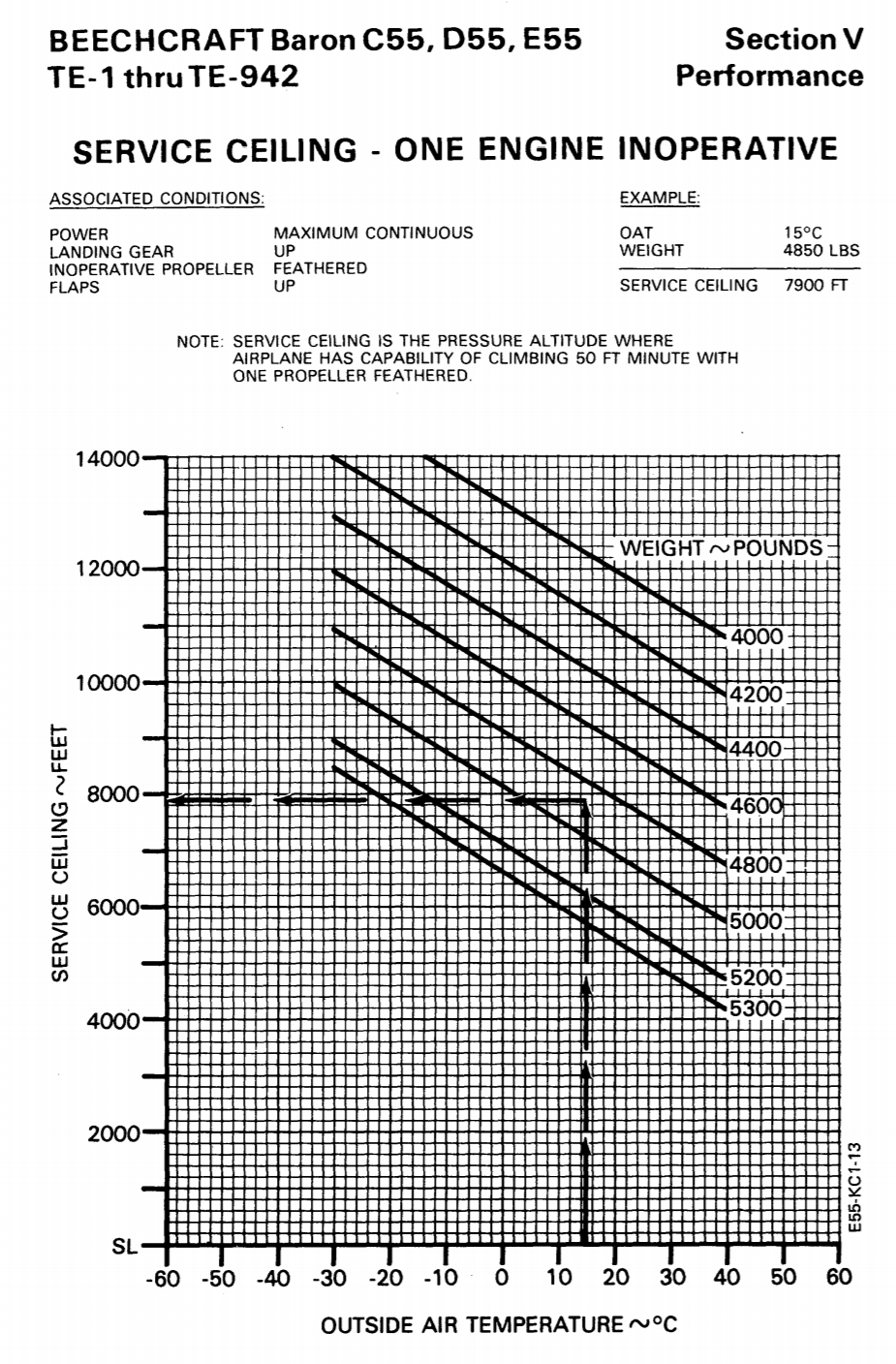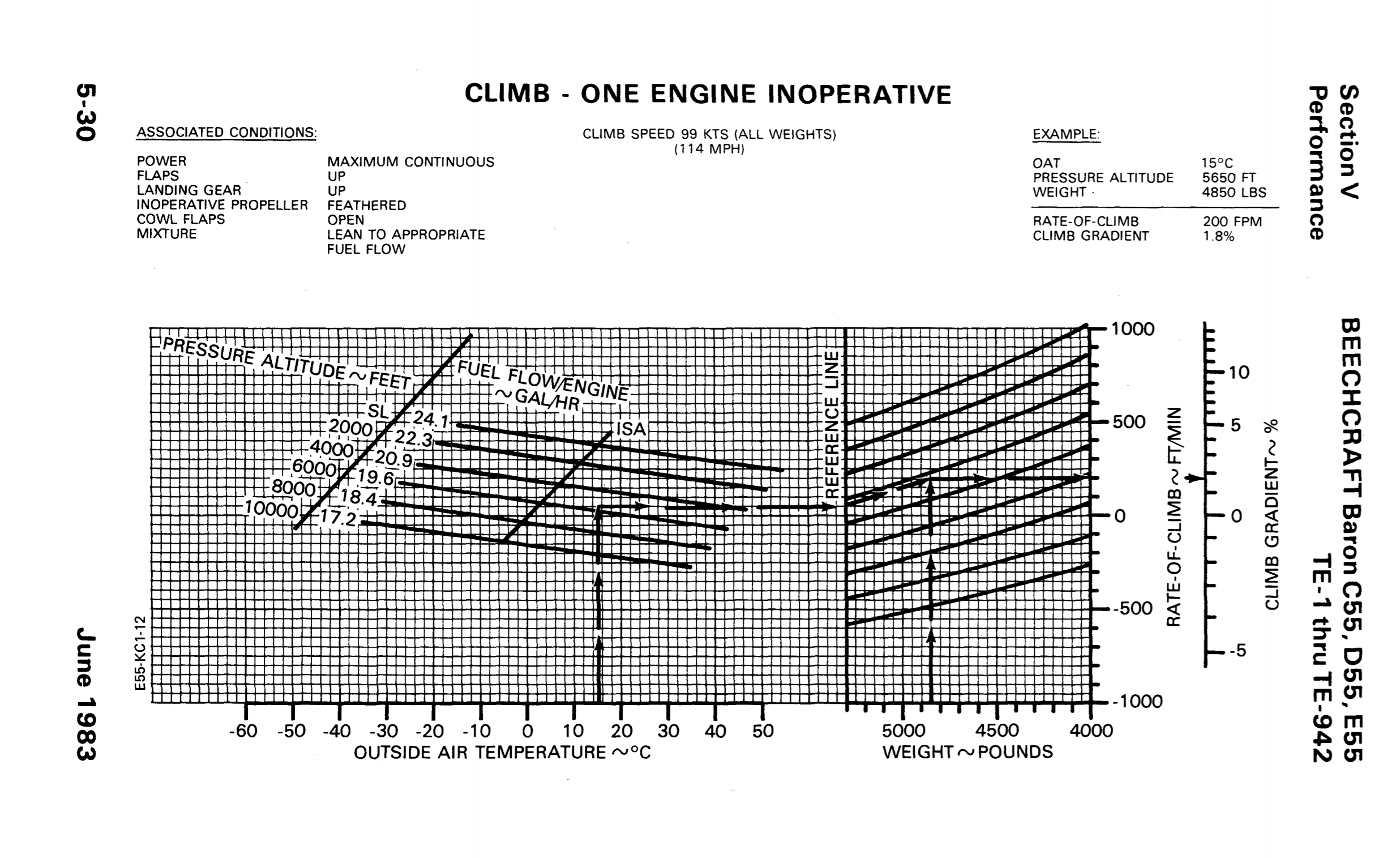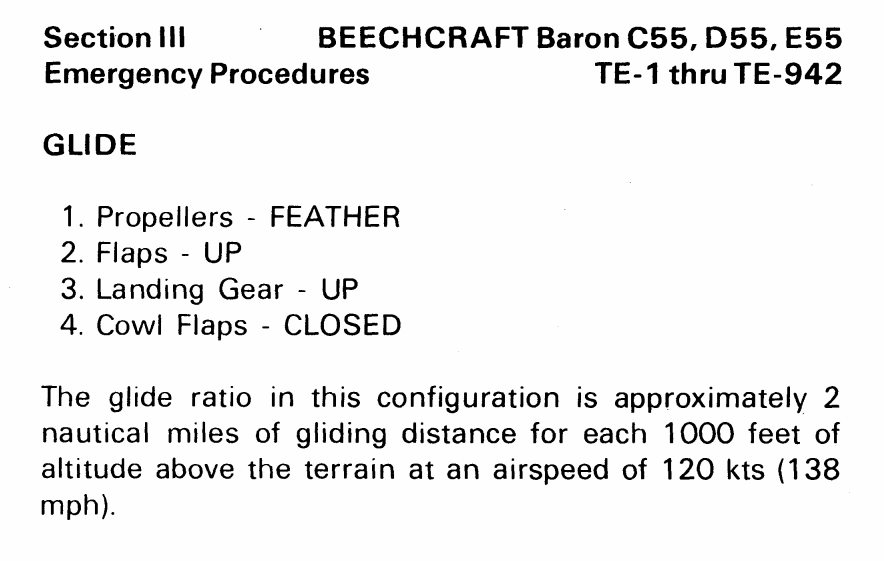Grum.Man
En-Route
I doubt anything that gets written here is ever going to dispel your irrational anxiety about twin engine airplanes.
Every airplane out there will try to kill you if you do not respect its limits. And they ALL have limits, even the much vaunted Cirrus (as so many unfortunate Cirrus pilots and passengers learned early on).
There's ample possibility the pilot that could not fly the twin within its limits in a single engine configuration, when it really counted, might not have walked away if it had been a single either.
In the August 2002 edition of Flying, Peter Garrison published an instructive Aftermath column about an A36 Bonanza pilot that suffered an engine failure after a bearing spun and the crankshaft broke in two places. The pilot had 6000 ft of altitude and needed only 3500 vertical feet to reach the nearest airport, which is where he headed when the controller vectored him. The pilot did everything right to begin with: immediately slowed the plane at constant altitude to best glide speed, however, by 1800 ft AGL he was at 88 kts, at 1200 ft down to 81 knots, held the airplane momentarily at ~1000 ft at 77 kts, temporarily trading airspeed for altitude, and then decelerated steadily to 60 kts at 200 ft. The pilot and his daughter in the front seat did not survive, the two rear seat passengers did.
We were all taught in private pilot ground school that being appreciably faster or slower than the best glide speed brings the airplane down more steeply. So why do pilots make that mistake?
Ironically, the very year and month the above referenced article was published, the accident described below occurred. And three years later, to the month, Flying published Garrison's equally instructional article below. This fatal Malibu engine loss accident is not one of the two others I am personally familiar with. One of those was almost a repeat of the one below - trying to stretch the glide.
Tell me again how much more "dangerous" twin engine airplanes are compared to high performance singles, when an engine fails.
It is not the planes that are dangerous.
But as I wrote at the beginning of this post, nothing is ever likely to change your belief system.
The Cub is the safest airplane in the world; it can just barely kill you.
— Max Stanley, Northrop test pilot.
View attachment 75793 View attachment 75794 View attachment 75796 View attachment 75797 View attachment 75799 View attachment 75800What is chiefly needed is skill rather than machinery.
— Wilbur Wright, letter to Octave Chanute, 13 May 1900I was always afraid of dying. Always. It was my fear that made me learn everything I could about my airplane and my emergency equipment, and kept me flying respectful of my machine and always alert in the cockpit.
— General Chuck YeagerPrepare for the unknown, unexpected and inconceivable … after 50 years of flying I’m still learning every time I fly.
— Gene CernanIf an airplane is still in one piece, don't cheat on it. Ride the bastard down.
— Ernest K. Gann
So true. Spend some time on Kathryn's report reading accident articles. Most of the crashes people survive. Most of the crashes are from errors in piloting/planning. Majority of the fatalities are a result of a stall spin into the ground or what otherwise could have been a survivable circumstance. Going into the trees straight and level always beats lawn darting it into a soft field.






